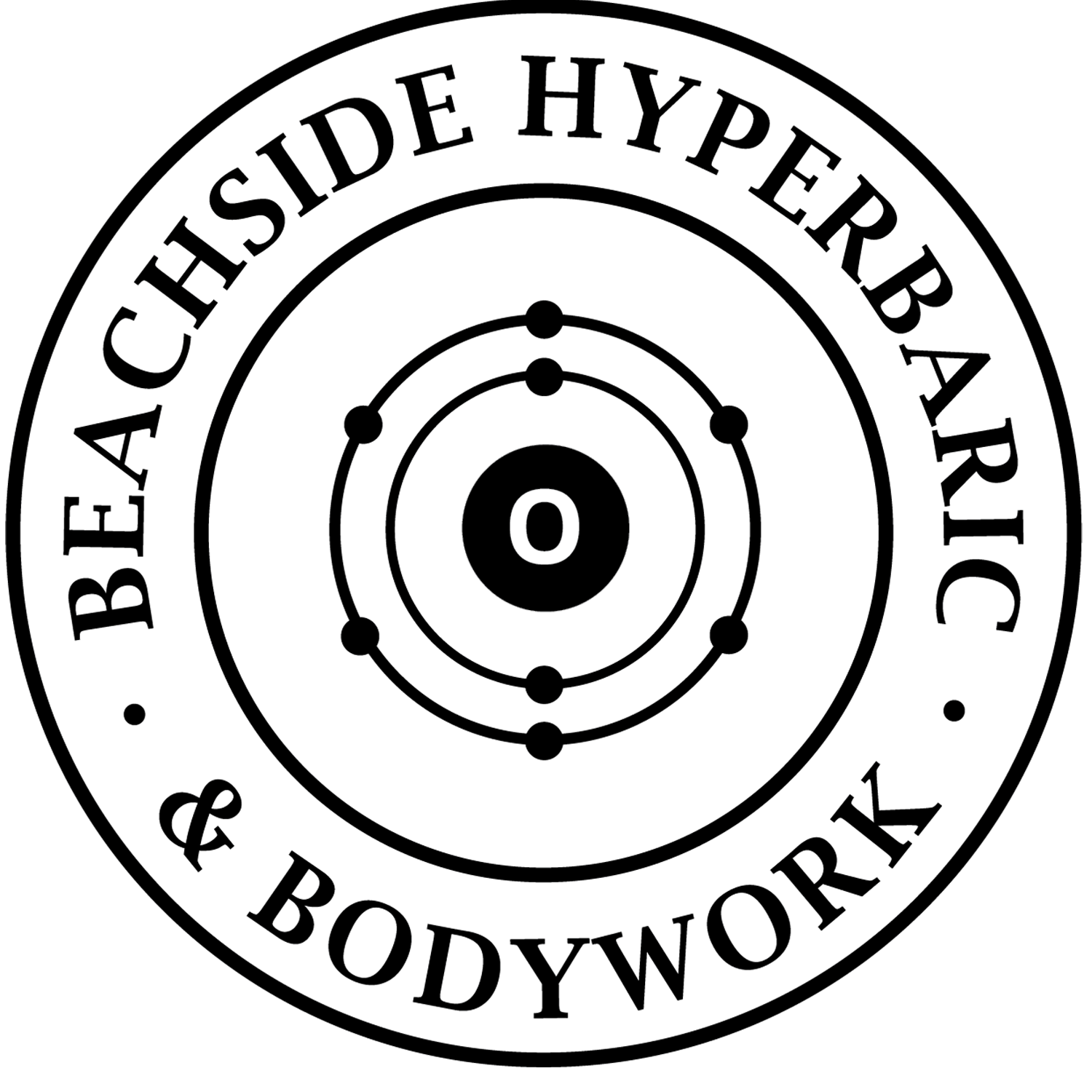Recovering from surgery can be a challenging process that often requires time, patience, and dedication. Whether you’ve had a minor procedure or major surgery, the body needs the right environment and support to heal effectively. Mild Hyperbaric Oxygen Therapy (MHBOT) has emerged as a powerful tool in enhancing recovery and improving overall healing outcomes.
What is Mild Hyperbaric Oxygen Therapy?
Mild Hyperbaric Oxygen Therapy involves breathing in 95% pure oxygen in a pressurized chamber. This therapy increases the oxygen concentration in the bloodstream, promoting the body’s natural healing processes. The increased oxygen supply helps in reducing inflammation, accelerating tissue repair, and enhancing cellular function, which are crucial for a speedy recovery after surgery.
During surgery, the body’s tissues can become damaged and inflamed, This can lead to a prolonged healing process and increased risk of infection. mHBOT works by delivering high concentrations of oxygen to the body’s tissues, even in areas that may be poorly perfused.
Recent studies have shown that mHBOT can be effective in reducing recovery time and improving outcomes for a variety of surgical procedures, including orthopedic surgeries, plastic surgeries, and even some cancer surgeries. For example, a study published in the Journal of Orthopedic Trauma found that patients who received mHBOT following orthopedic surgery had significantly improved wound healing and reduced pain compared to patients who did not receive mHBOT.
How MHBOT Aids in Post-Surgery Recovery
Reduces Swelling and Inflammation
After surgery, inflammation is a natural response as the body works to heal the affected area. However, excessive inflammation can slow down the recovery process and increase discomfort. MHBOT helps in reducing inflammation by delivering oxygen deep into the tissues, enhancing the body’s ability to manage swelling and promote healing.
Accelerates Tissue Repair
The increased oxygen levels delivered during MHBOT boost collagen production, which is essential for repairing and regenerating damaged tissues. This is particularly beneficial for patients recovering from surgeries that involve tissue damage, such as orthopedic or cosmetic procedures.
Minimizes Scarring
Scarring is a common concern after surgery. By improving blood flow and oxygenation to the affected area, MHBOT can help minimize the formation of scars and promote smoother, healthier skin regeneration.
Enhances Immune Function
A strong immune system is vital for recovery, especially after surgery when the body is more vulnerable to infections. MHBOT enhances immune function by increasing the production of white blood cells, which are essential for fighting off infections and facilitating the healing process.
Reduces Pain and Discomfort
Pain management is a critical aspect of post-surgery recovery. The anti-inflammatory effects of MHBOT can lead to reduced pain and discomfort, allowing patients to rely less on pain medications and experience a more comfortable recovery.
References:
Thom SR. Hyperbaric oxygen: its mechanisms and efficacy. Plast Reconstr Surg. 2011;127 Suppl 1:131S-141S. doi:10.1097/PRS.0b013e3181fbe2bf
Godman, C. A., Chheda, K. P., Hightower, L. E., Perdrizet, G., Shin, D. G., & Giardina, C. (2010). Hyperbaric oxygen induces a cytoprotective and angiogenic response in human microvascular endothelial cells. Cell Stress & Chaperones, 15(4), 431–442. https://doi.org/10.1007/s12192-009-0159-0
Thom, S. R. (2009). Oxidative stress is fundamental to hyperbaric oxygen therapy. Journal of Applied Physiology, 106(3), 988–995. https://doi.org/10.1152/japplphysiol.91004.2008
Fife, C. E., Eckert, K. A., & Carter, M. J. (2016). An update on the appropriate role for hyperbaric oxygen: indications and evidence. Plastic and Reconstructive Surgery, 138(3 Suppl), 107S-116S. https://doi.org/10.1097/PRS.0000000000002646
Kranke, P., Bennett, M., Roeckl-Wiedmann, I., & Debus, S. (2004). Hyperbaric oxygen therapy for chronic wounds. Cochrane Database of Systematic Reviews, 2004(2). https://doi.org/10.1002/14651858.CD004123.pub2
Bennett, M. H., Stanford, R., Turner, R., & J. Kranke, P. (2015). Hyperbaric oxygen therapy for promoting recovery from injuries involving tissue damage. Cochrane Database of Systematic Reviews, 2015(12). https://doi.org/10.1002/14651858.CD004123.pub4
Cimsit, M., Uzun, G., & Yildiz, S. (2009). Hyperbaric oxygen therapy as an anti-infective agent. Expert Review of Anti-Infective Therapy, 7(8), 1015-1026. https://doi.org/10.1586/eri.09.72
Marx RE. (1995). A new concept in the treatment of osteoradionecrosis. Journal of Oral and Maxillofacial Surgery, 43(5), 351-357. https://doi.org/10.1016/0278-2391(95)90321-6
Anti-Aging
Alzheimers
HBOT reduces hippocampal damage
Brain Injury
HBOT in traumatic brain injury
HBOT treatment of neurologically impaired
HBOT for neurological dysfunction
Cancer
New strategy for attacking brain tumors
Cancer radiation study abstracts
Hyperbaric does NOT potentially “spread” some cancers
Stroke
HBOT for neurological dysfunction
Parkinsons
Autism / ADD
Hyperbaric Oxygen Report Michael - Autism
Dr.Rossignol HBOT Improves symptoms
in Autistic Children
HBOT treatment for Autism
Lessons from Hopson Quadruplets Autism
Diabetes
Studies / resources diabetes HBOT
HBOT efficacy for diabetic autonomic neuropathy
Multiple Sclerosis
Prostate Cancer
Rheumatoid Diseases
Lyme
HBOT treatment for chronic Lyme
Long Covid
ABC news Hyperbaric & Long Covid
THE INFORMATION PRESENTED ON THIS WEBSITE IS NOT INTENDED AS A BASIS FOR DIAGNOSIS/TREATMENT, DOES NOT CONSTITUTE MEDICAL RECOMMENDATIONS FOR INDIVIDUAL HEALTH CONDITIONS. CONTENT SHOULD ALSO NOT BE CONSIDERED A SUBSTITUTE FOR CARE UNDER A LICENSED MEDICAL PROFESSIONAL. MOLECULAR HEALTH AND BEACHSIDE HYPERBARIC SUPPORTS THE FDA FOR YOUR FULL INFORMED CONSENT.
